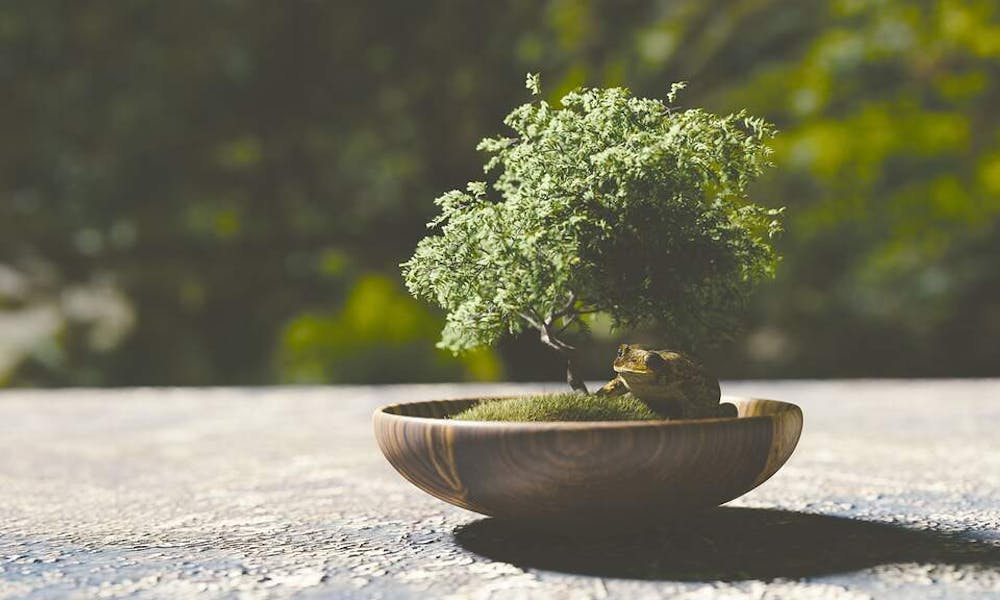The ancient art of growing a bonsai dates back centuries, especially in Asian culture, more recently being adopted by other western cultures as a relaxing and rewarding form of gardening. They are now often used as decorative pieces in homes and offices across the country. Caring for a bonsai tree can be a challenging task, yet growing one gives the cultivator a chance to have a contemplative and creative role in the growth of a beautiful symbol of peace, life and balance.
Here a few tips on the best way to grow and care for a bonsai tree
Select a sPECIES
There are many varieties of bonsai trees and they are not all the same. Depending on your climate you will want to determine which type of bonsai would be best for you. The climate that it will be growing in is very important, some varieties will die in freezing weather, while others actually need freezing temperatures to grow properly. So before choosing a species be sure that you have done ample research on the best bonsai for your climate.
Select the size of your bonsai
Bonsai trees can come in a variety of sizes depending on the species. When full grown they can range from 6 inches to 3 feet in height. If you are growing your bonsai from a seedling or cutting, then it will start off even smaller. Larger plants will of course require more space, water, soil and sunlight, so consider all of these factors when deciding what size bonsai tree you would like to grow.

Select a pot
One of the well-known features of a bonsai tree is that it is planted in a small pot to restrict its growth which gives it its iconic small size. When choosing a pot be sure that it does have enough space for the soil to cover the roots. You also want to make sure that the pot has one or two drainage holes to avoid root rot when watering. Choose a pot that matches your aesthetic while not overwhelming or distracting from the beauty of the tree itself.
Prepare the tree
You want to prepare your selected tree before planting it in you selected pot, unless of course you are growing from a seedling. First, look to see if the tree has been pruned to the shape you desire. If not reshape the tree to your desired shape, you can use wire wrapped around the branches to help direct the way it will grow. Transplanting can be stressful for plants, so make sure that you tree is healthy and it great condition before moving it to the new pot. Gently remove the tree from its old pot be sure not to break or tear the main stem while doing this, you may want to use a small potting shovel to help you. You want to have a clear view of the roots, clear away any clumps of soil around them. When you have a clear view of the roots you can begin to prune them. To ensure that the bonsai tree doesn’t outgrow its pot it is necessary to prune the roots. Cut back any large thick roots or any roots that are facing upwards. Leave only the small long slender roots.

Prepare the pot
Make sure that your selected pot has a new fresh layer of soil that gives you the desired height for the tree to sit on. At the base of the pot you should a layer of course soil, then topped with finer growing soil to aid in proper drainage. Leave enough space that you are able to completely cover the trees roots with soil.
Pot the tree
Position the tree into your prepared pot in the orientation an style you desire. Top the pot off with fine growing soil, again ensure that the roots are covered completely. If you’d like, you can add a final layer of moss or gravel. This is not only aesthetically pleasing, but it can also help hold the tree in place.

Care for your new bonsai tree
Transplanting is a radical move for a tree. Therefore, for 2-3 weeks after transplanting your bonsai put it in a semi-shaded area protected from wind or harsh sunlight. Water the plant but do not fertilize it until the roots have had time to reestablish themselves. This allows it to adapt to its new home.
